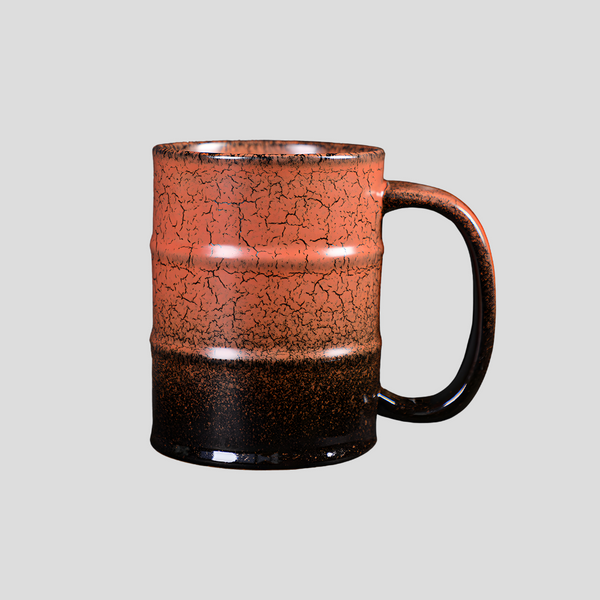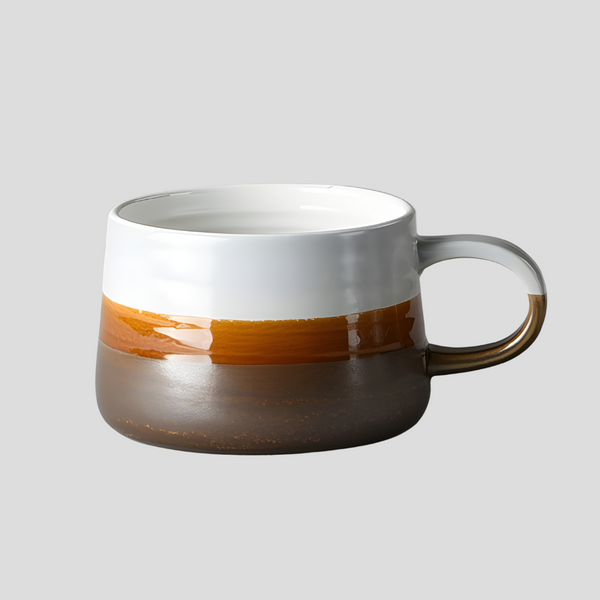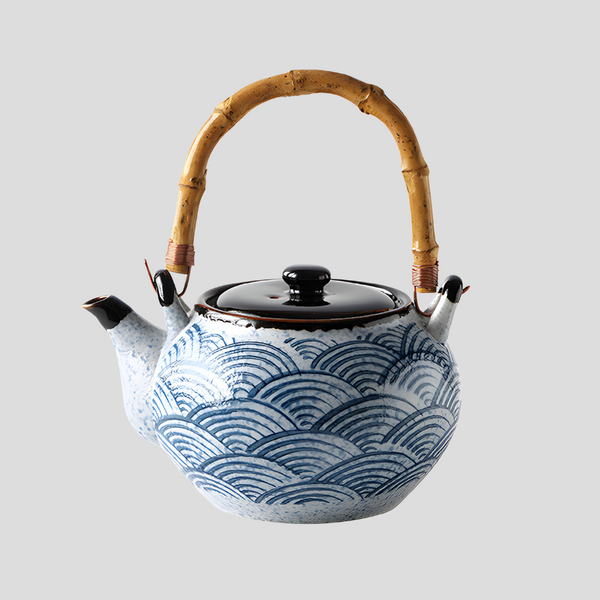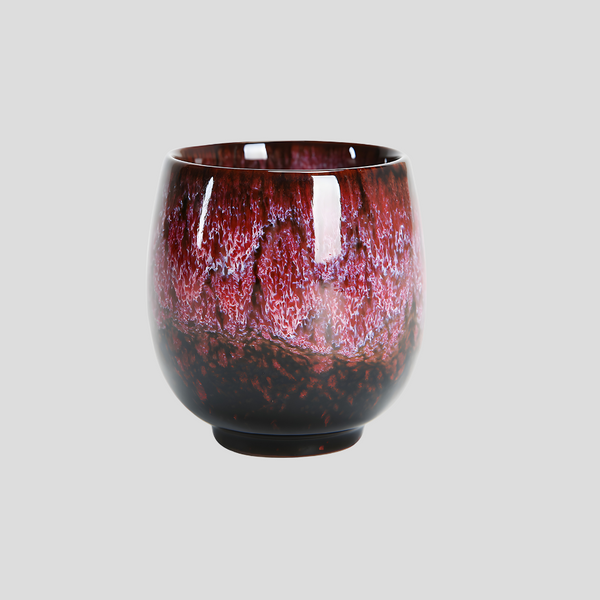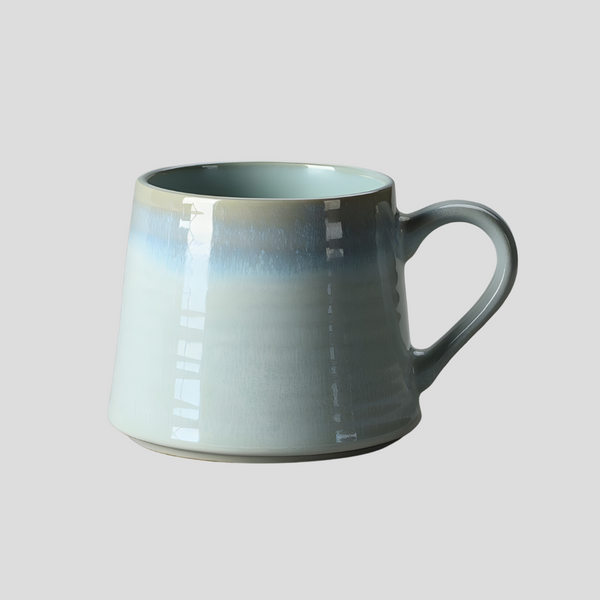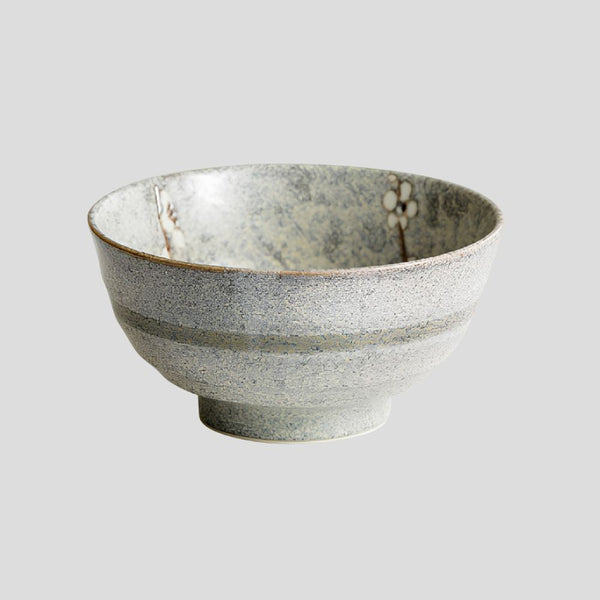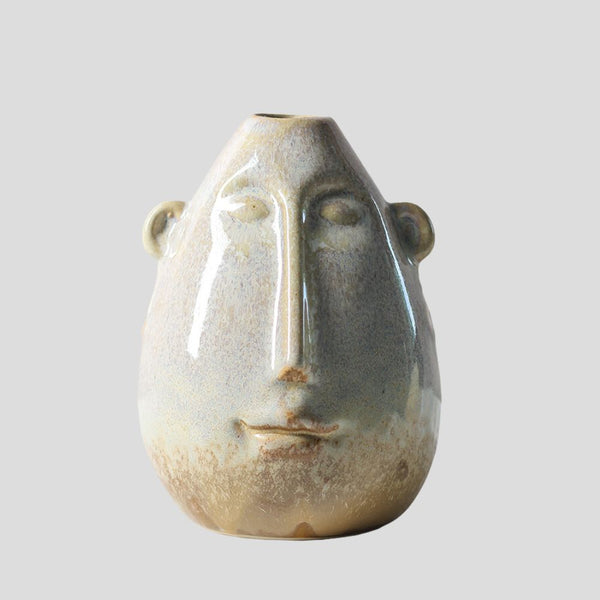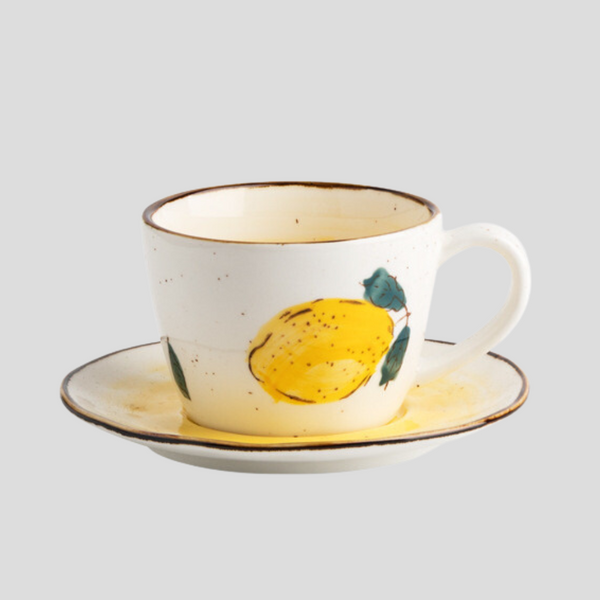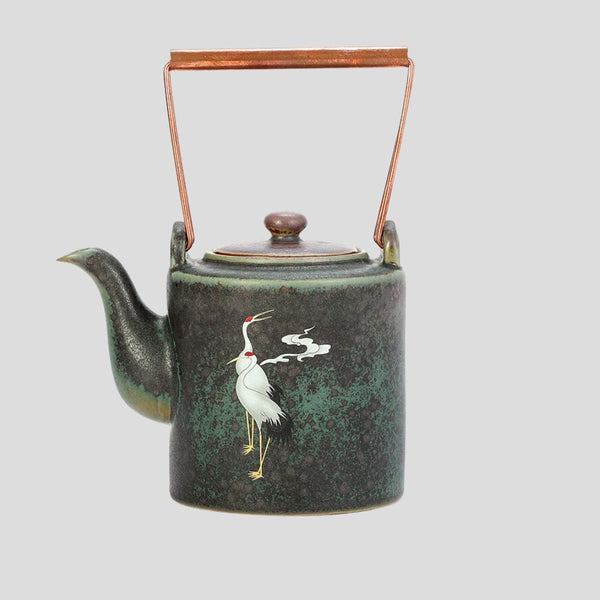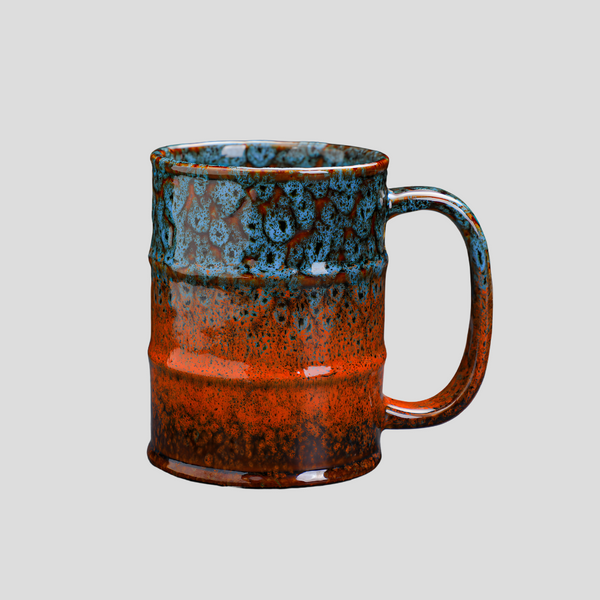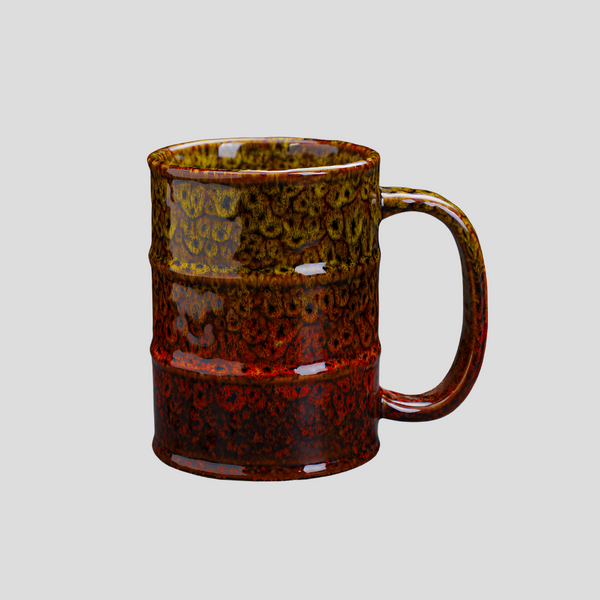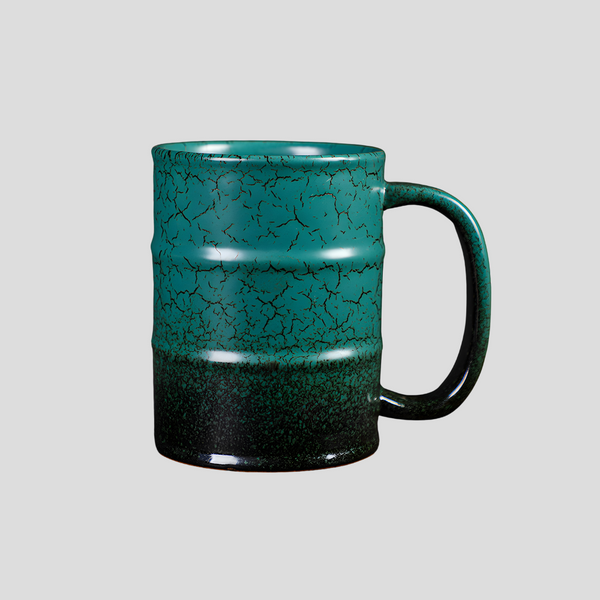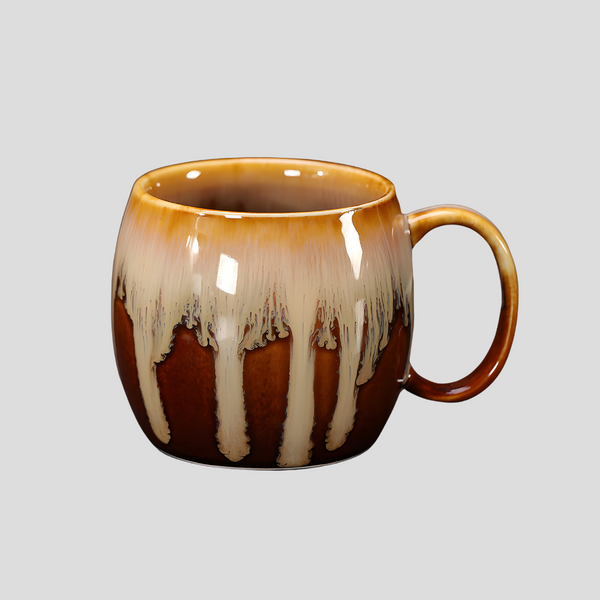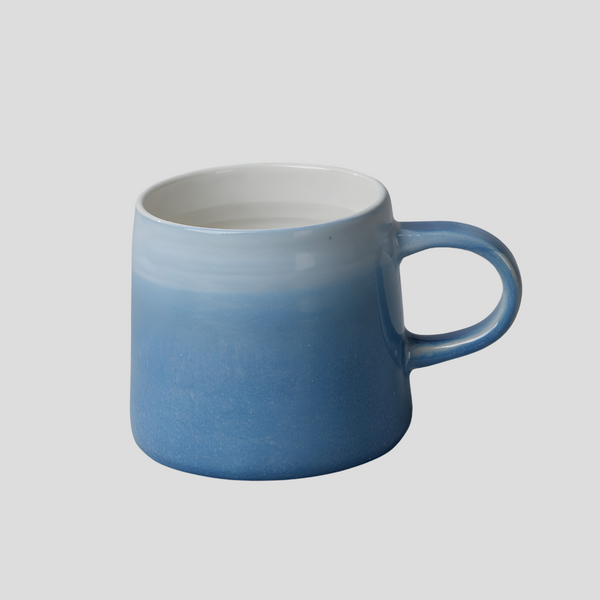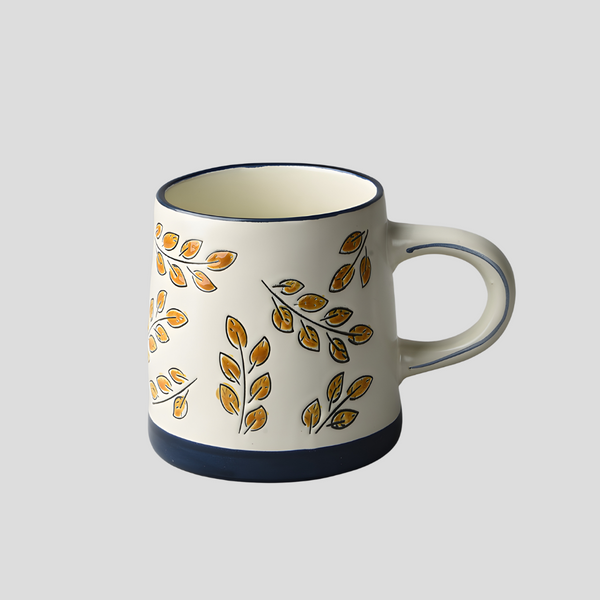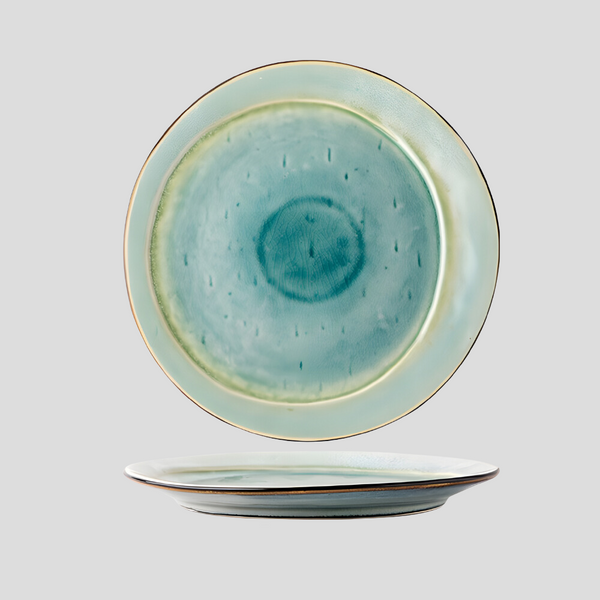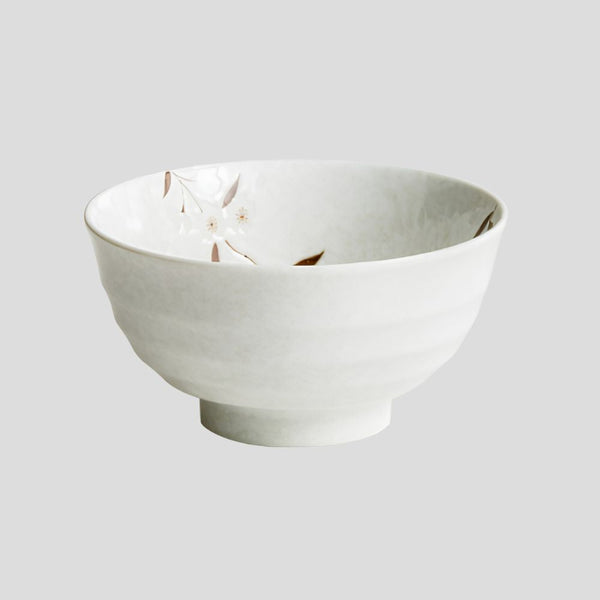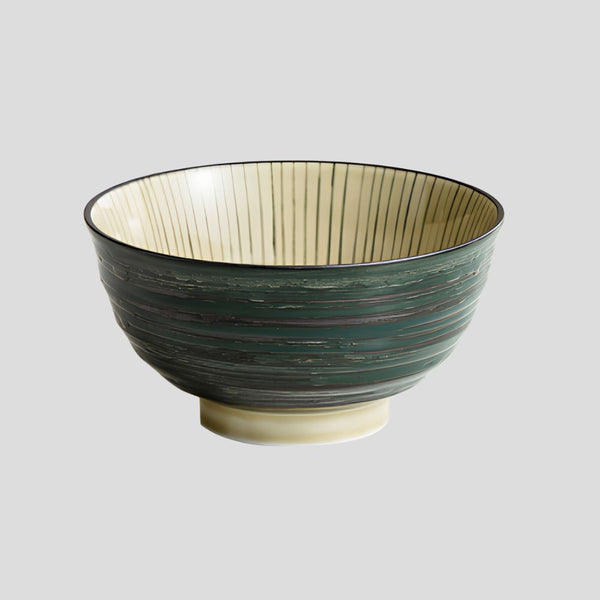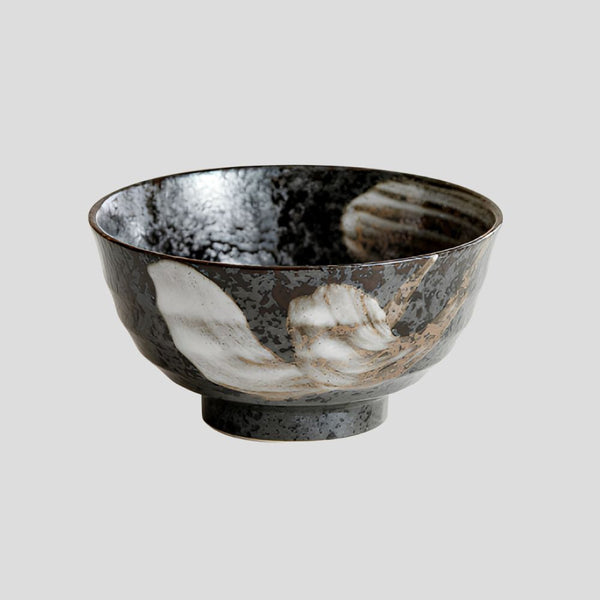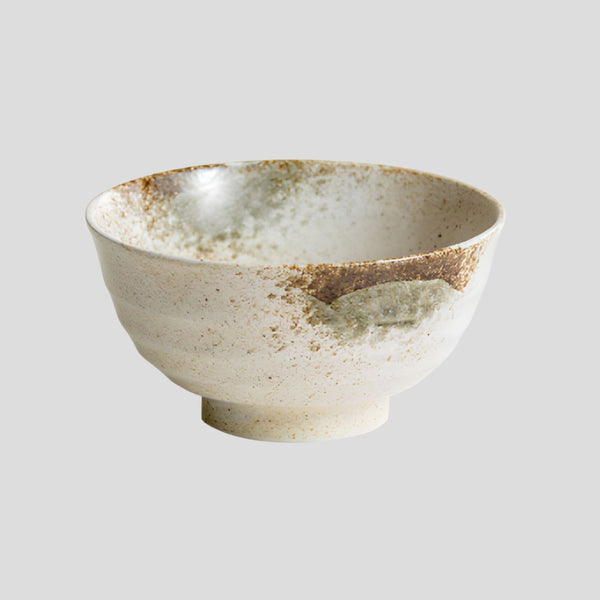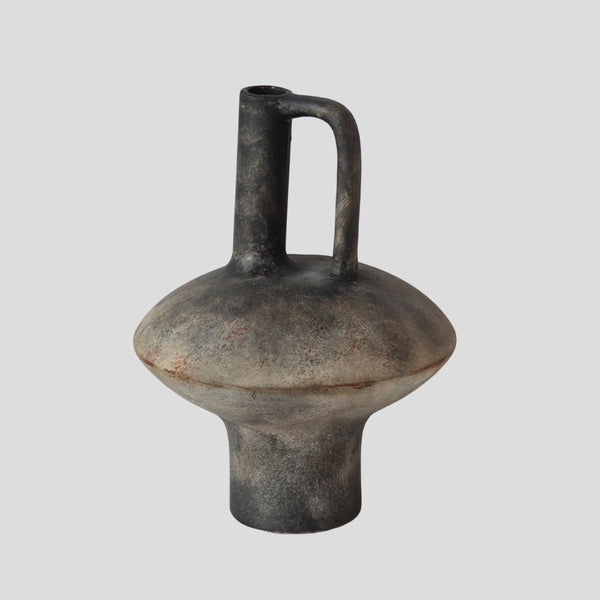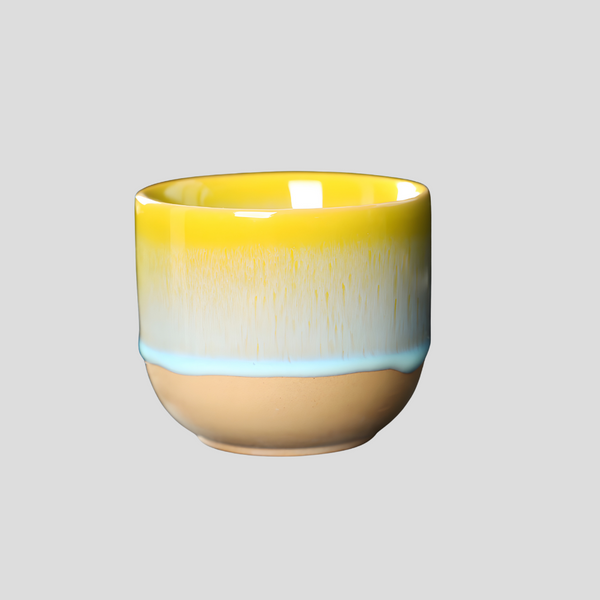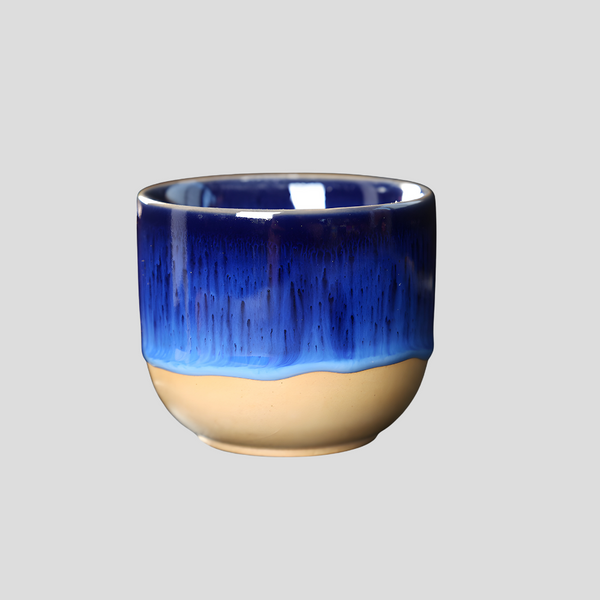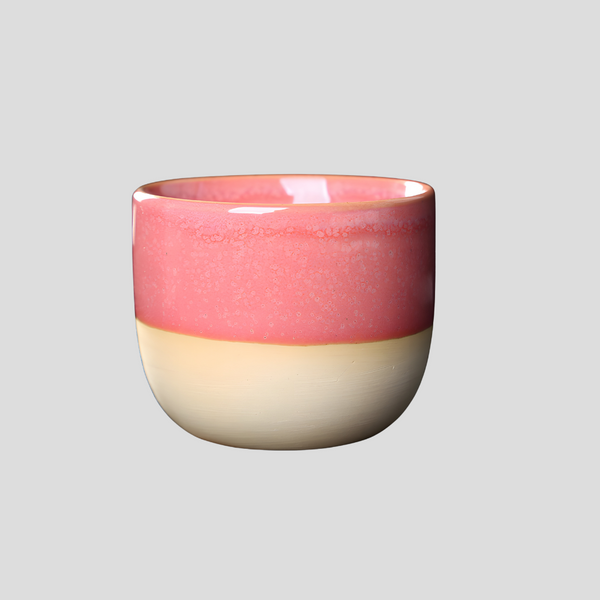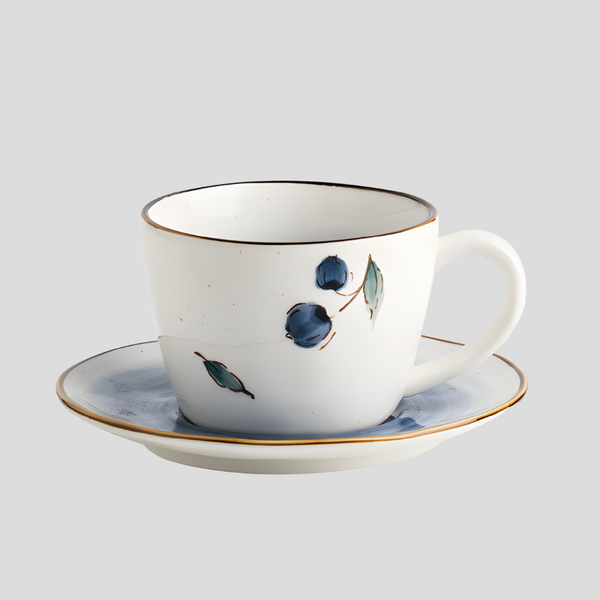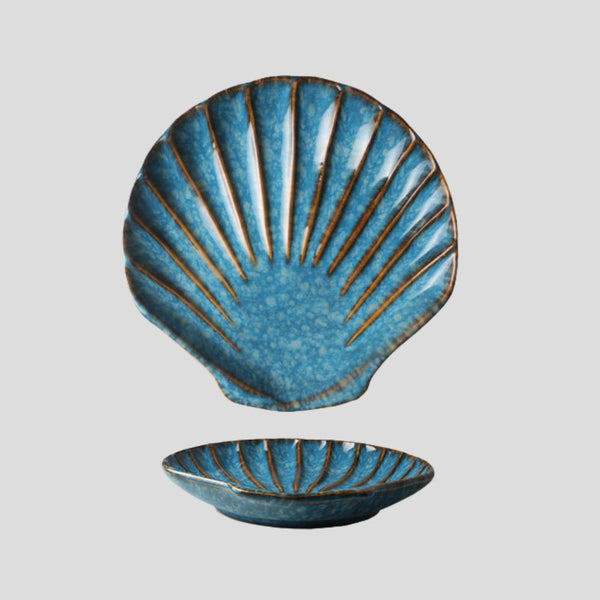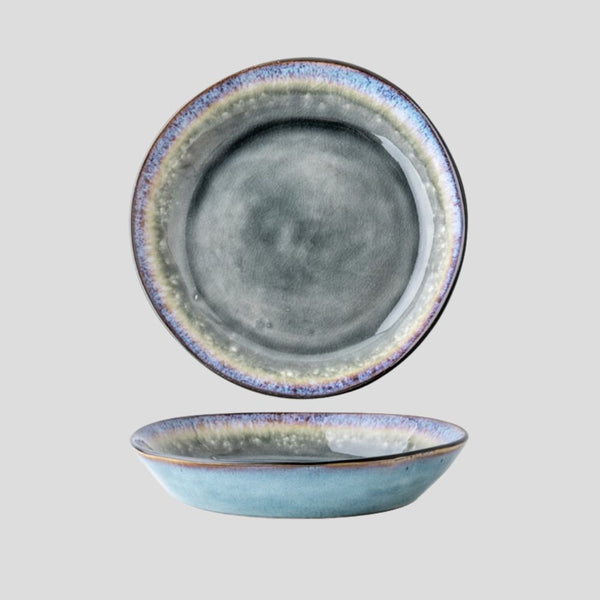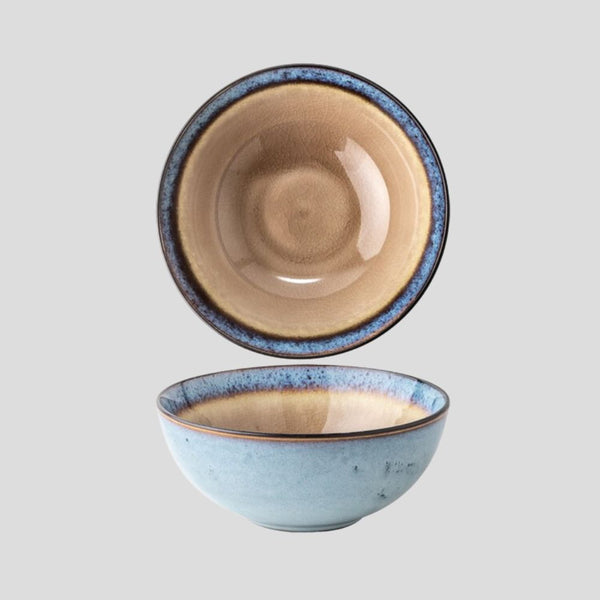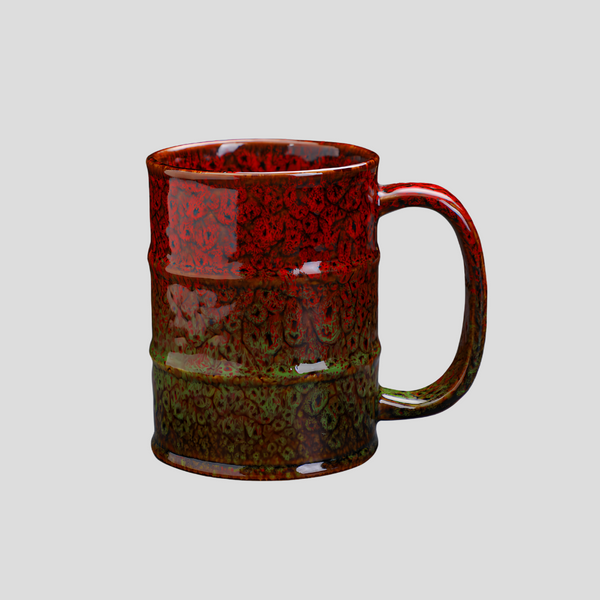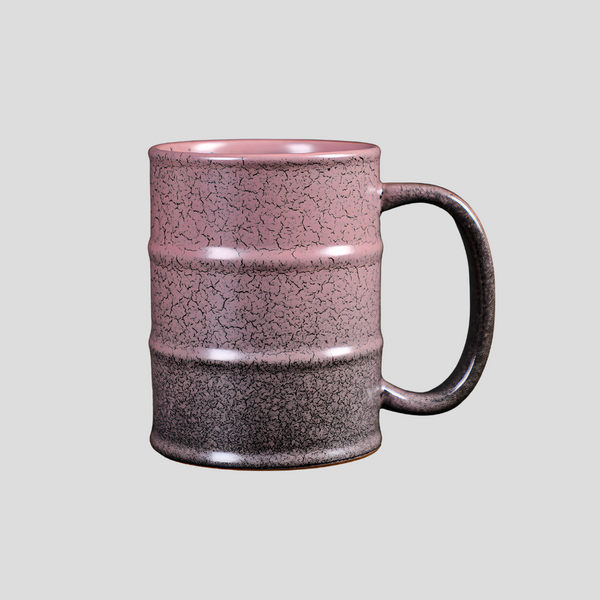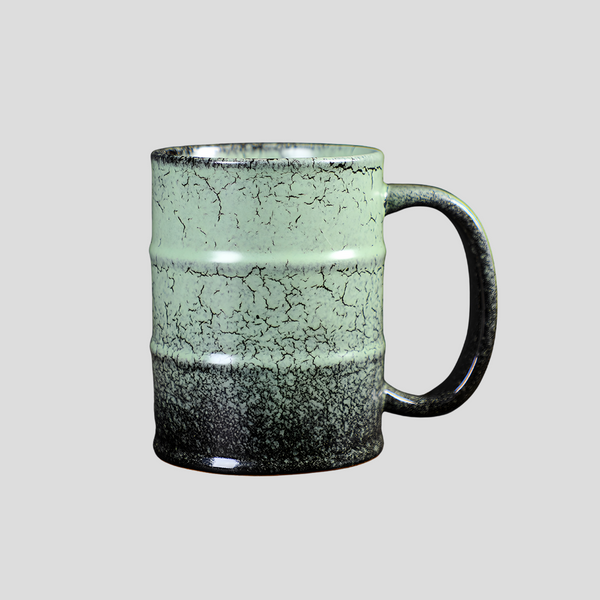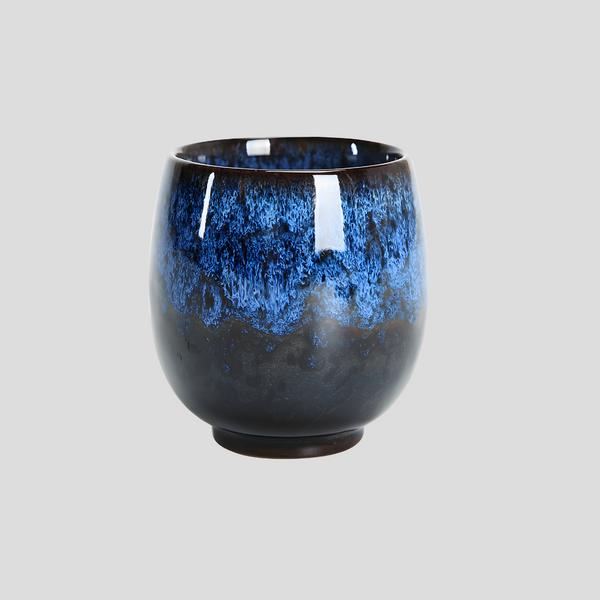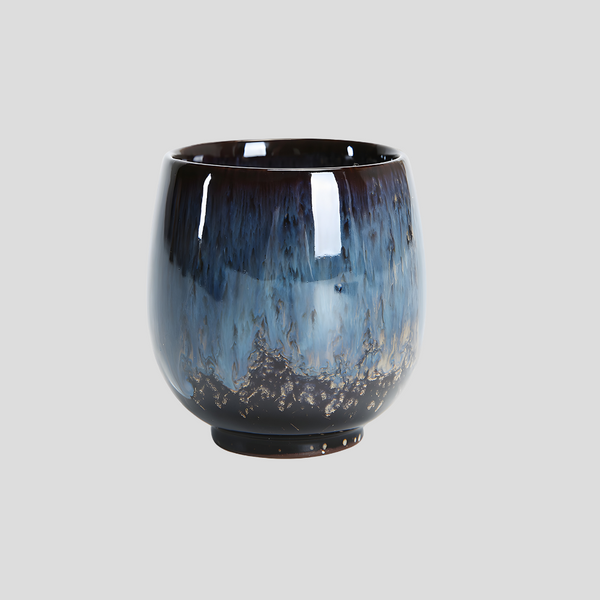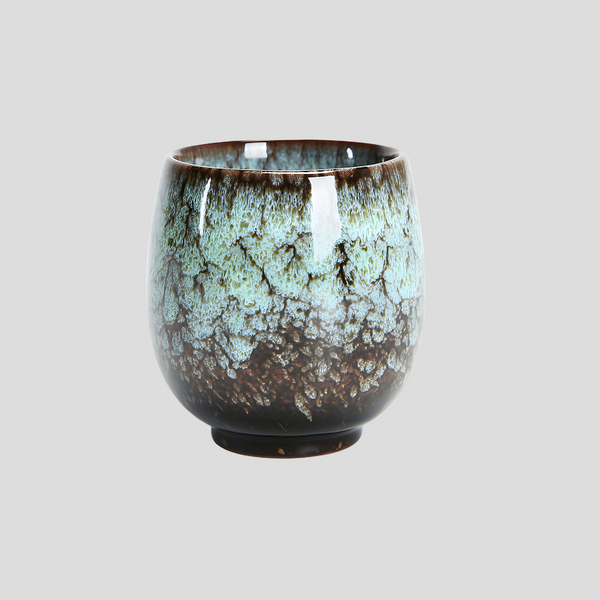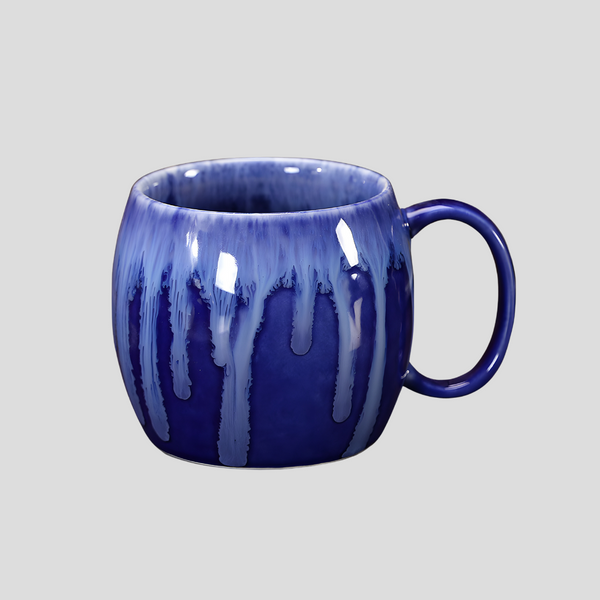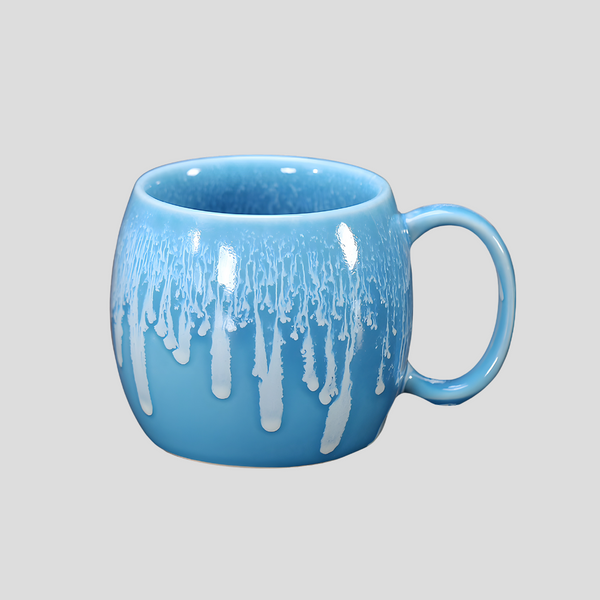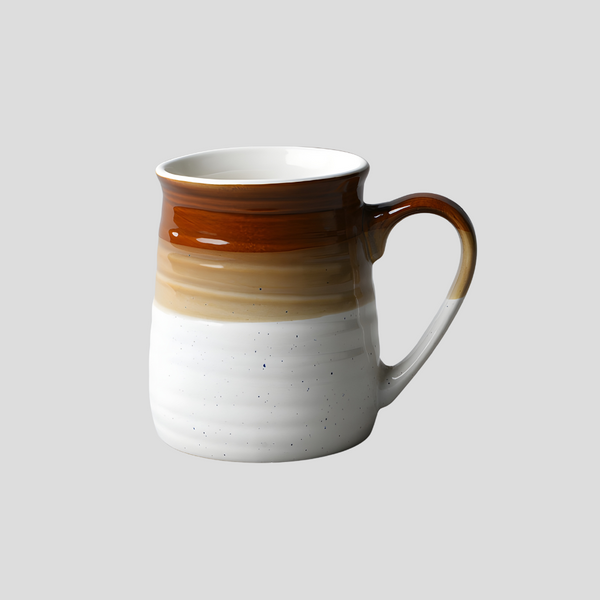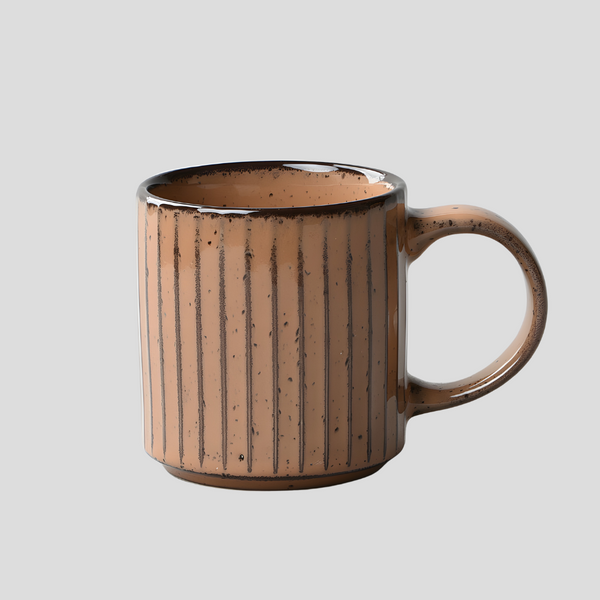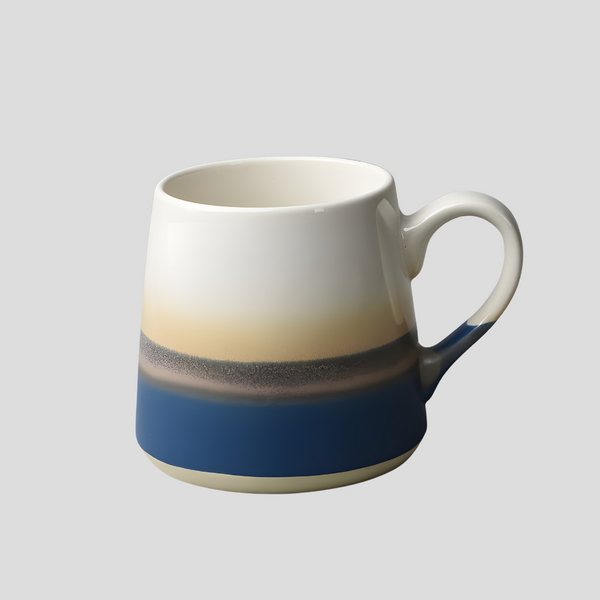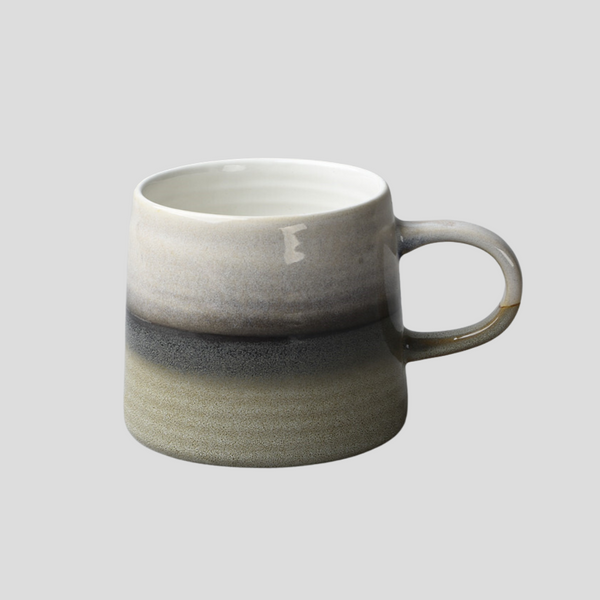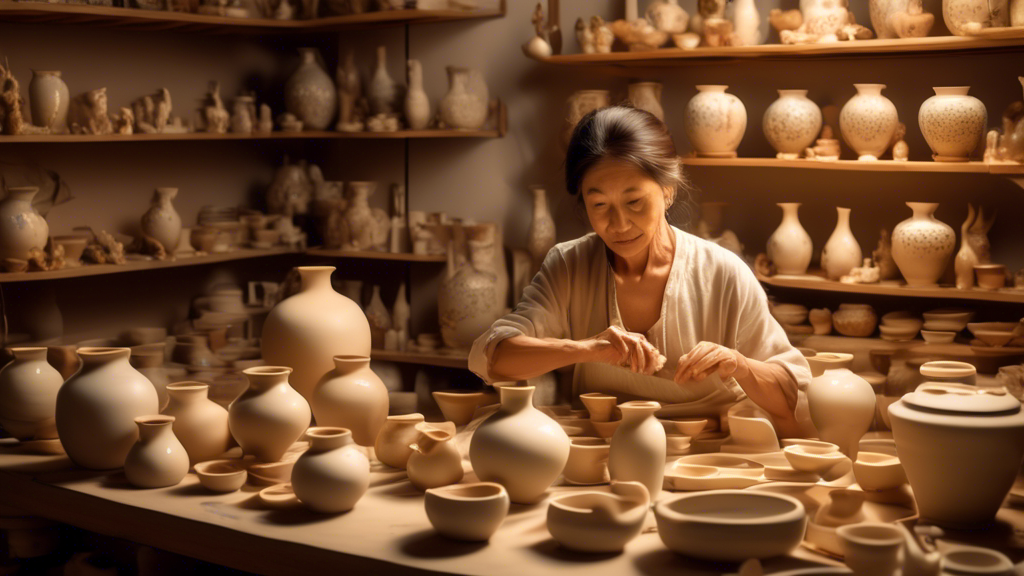
Mastering the Art of Throwing Porcelain
The art of throwing porcelain on a potter's wheel is a delicate balance of skill, patience, and a deep understanding of the material. Unlike working with other forms of clay, porcelain requires a nuanced touch and a meticulous approach. This article delves into the complexities of throwing porcelain and outlines tips for mastering this ancient and beautiful craft. Porcelain, often referred to as the white gold, is a type of ceramic renowned for its strength, whiteness, and translucence. This prestigious material, once a closely guarded secret of ancient China, demands both reverence and skill from the potter. Its fineness and less forgiving nature, compared to earthenware or stoneware, means that a potter must approach the wheel with both confidence and humility. The first step in mastering porcelain throwing is the preparation of the clay. Porcelain clay is much more 'plastic' and can become very slippery when wet. Therefore, it requires careful wedging to ensure all air bubbles are removed and the clay is uniform. This process, while time-consuming, is vital in preventing the creation of any weak points or imperfections in the final piece. Centering the clay on the wheel is arguably one of the most crucial stages in throwing porcelain. Due to its finicky nature, any slight misalignment at this stage can lead to issues later on. After centering, when you open up the ball of clay, be gentle but firm, ensuring the walls of your vessel remain even from base to rim. Throwing porcelain requires a delicate harmony between the potter's hands, the wheel's speed, and the moisture of the clay. Unlike other ceramics, applying too much force can easily collapse the structure of your piece. It is recommended to throw with the wheel at a consistent speed and to use a very light touch, letting the wheel do most of the work. Additionally, keeping the porcelain well-lubricated without over-wetting is essential to avoid the clay from tearing. Once your piece is thrown, the drying process should be carefully managed. Porcelain tends to warp or crack if dried too quickly. Covering your pieces with plastic and allowing them to dry slowly and evenly is a good practice. After a slow bisque firing, the porcelain is ready to be glazed. This is another stage where porcelain demands precision. The glaze should not be too thick or too thin, as either can ruin the aesthetics and integrity of the finished piece. As you advance in your porcelain throwing skills, experimenting with altering, cutting, and adding to your pieces can bring a new level of artistry to your work. Techniques such as fluting, carving, and slip-trailing can enhance the delicate beauty of porcelain and showcase the material's unique qualities. Mastering the art of throwing porcelain is a journey that combines technical skill with artistic expression. It requires patience, practice, and a deep respect for the material. While challenging, the process of creating with porcelain offers unparalleled satisfaction and the opportunity to produce works of stunning beauty and delicacy. With time and dedication, anyone can unlock the secrets of throwing porcelain and join the ranks of skilled potters who have been enchanted by this exquisite material for centuries.Mastering the Art of Throwing Porcelain
Understanding Porcelain
Preparing the Clay
Centering and Opening
Throwing Techniques
Drying and Firing
Advanced Throwing Techniques
Conclusion

